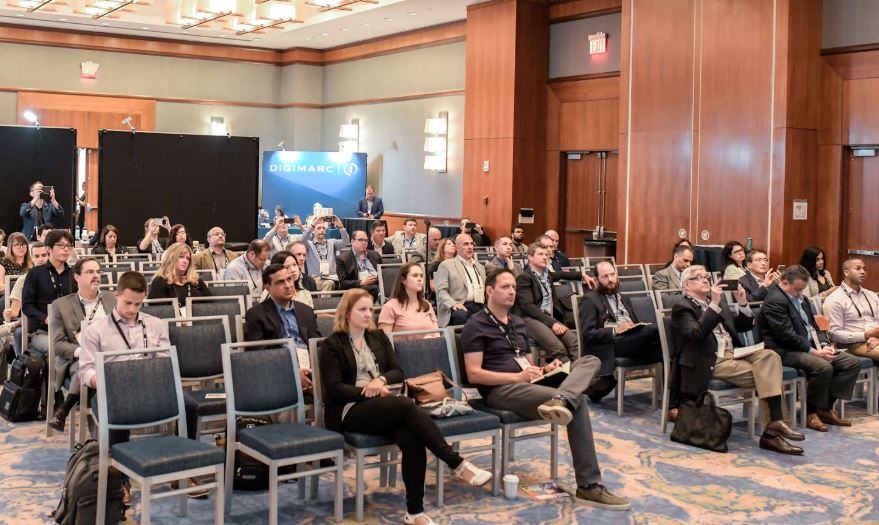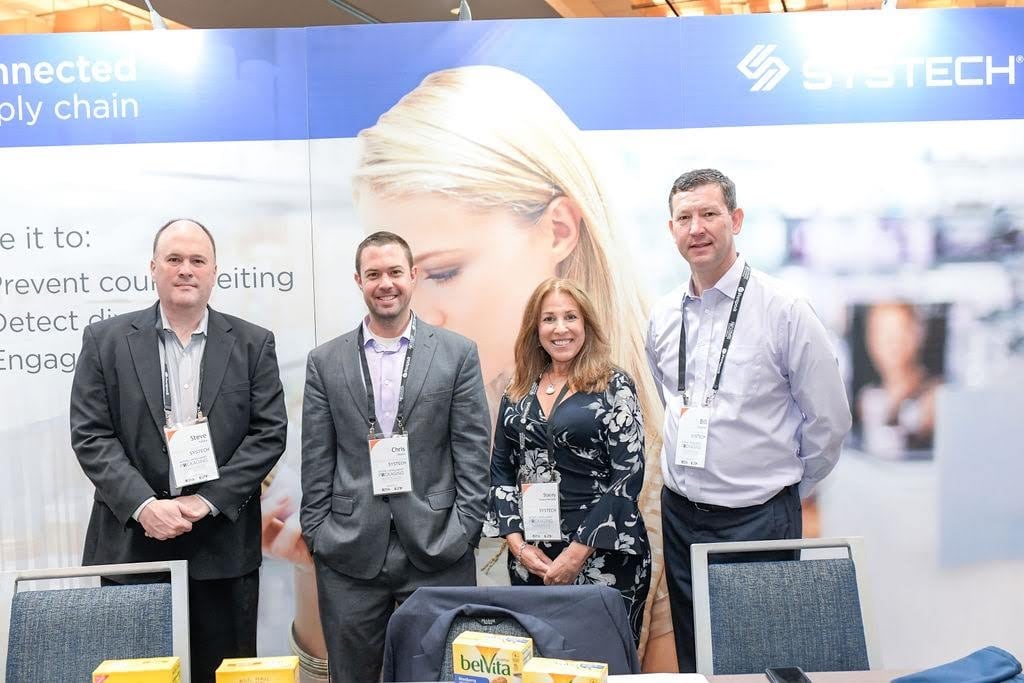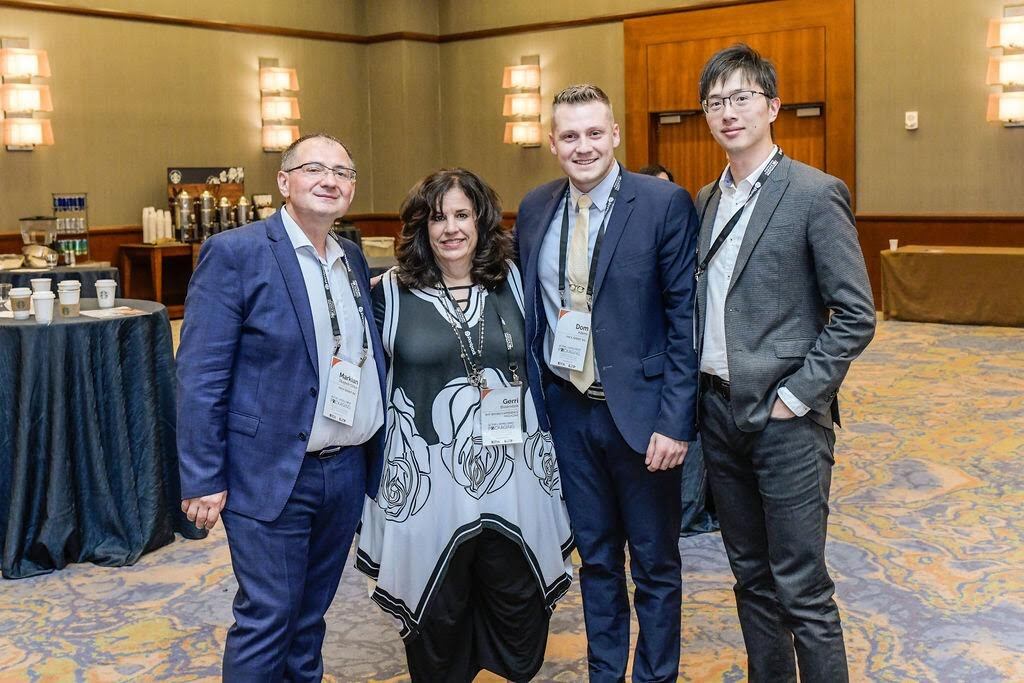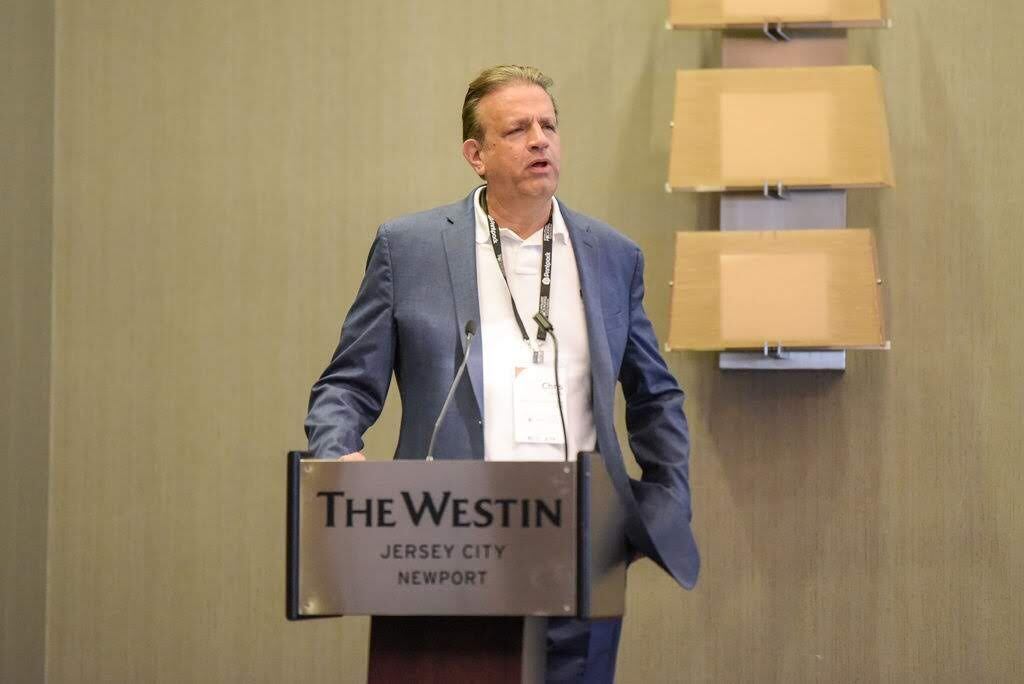Speaking at the AIPIA (Active, Intelligent Packaging Industry Association) Americas Summit in New Jersey this month (June 3,4) Houghton said ‘One size no longer fits all’, and brands are very much in an era of survival of the fittest and need to find opportunities for innovation focusing on the core segments of ‘Who, What, Why, Where, When.

As part of his role at CDP Houghton leads the creative and financial side of the FMCG business; 3D branding and packaging, growing front-end capabilities, improving output quality, defining PR and sales collateral with clients including: Arla, Carlsberg, Coca-Cola, Danone, Diageo, Mondelēz International, Nestlé and Pepsico.
Here, Houghton delivers his top five areas to improve brand/consumer engagement;
Who
‘Who are you designing for? what is their cultural background, what are their customs, what generation are they, what gender does the design influence, what age are they, what are their behaviours, what do they struggle with. When you think about technology and smart packaging what are their attitudes towards technology. Are they tech savvy, do they need to be, how digitally aware are they?’.
Each culture and country has its own sort of trajectory, their own version of what their maturity of technology usage is, and how extreme their internet usage is. For example, in the Philippines people spend 10 hours a day on the internet which is over the worldwide average of 6 hours 42 minutes according to stats from We Are Social data site.
Beauty is a digital rich high engagement category
L'Oréal were one of the first to adopt digital engagement with their Makeup Genius downloadable app, this is a great example of where AR (augmented reality) adds value to the consumer experience. Comparison of makeup and hair options with different makeup. A pre-purchase interaction which steers consumers to decide which product to buy. Engaging with consumers on a human level.
Traditionally in beauty it’s a category that has been heavily reliant on celebrity endorsements. But that’s changing slightly. With millennials and digital natives they might look towards celebrities but they are more likely to be interested in Bloggers, what’s online and what their friends are doing, they have a different source of influence.
Skin Aqua smart packaging
Smart packaging doesn’t always require technology. All the graphics for the Japanese skin care product Skin Aqua has been printed in reverse. This is so that when you do a selfie and promote what you are doing online bloggers can see the brand face to face. It does come in an outer sleeve for a double-hit branding. This is the sort of thinking that shows real insight. That buys into that broader theme of Vloggers and the virtual influencers where the model of promotion has shifted.
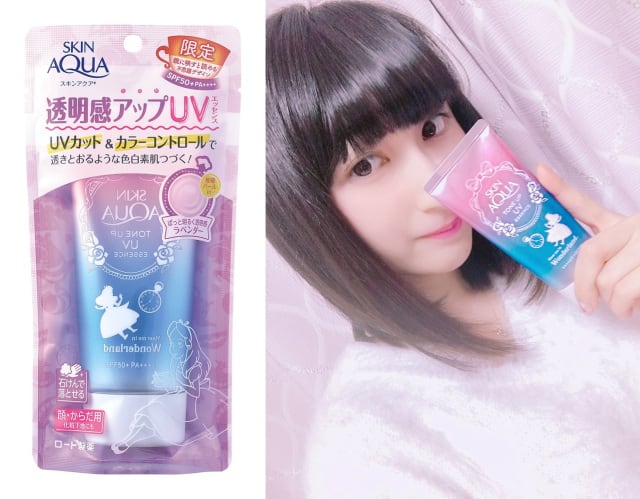
What
What category does the product belong in; ie beverages, bakery or confectionery. But the great innovations don’t come from your rivals, it swipes you from leftfield from a company you are not expecting, not your direct competitor. In our work we try to create these levels of disruption. How do we drill down into the what of a category without paying great attention to those competitors.
CDP Context is King
Who Understand your consumers, the context, provide coherent analogue and digital experiences
What Understand your competition but think about jobs in a solution agnostic way
Where Deliver solutions in their appropriate to their purpose and use – utilize any fixed assets whatever they might be.
When Identify the time of use and how the job hierarchy might change according to when its used
Why Deliver functional, emotional and social benefits and build a consumer centric pipeline and portfolio and full ecosystem.
Jobs-to-be-done for example, is a research methodology for better understanding consumer behaviour by the Clayton Christensen Institute. When consumers become aware of the job that they need to get done they look around for a product or service they can hire to get the job done. It removes the category from the situation. For example, if I need to clean my teeth I might reach out for a chewing gum that has teeth whitening rather than going to the toothpaste aisle. People have functional, emotional and social jobs. The ‘jobs’ method is a good way of finding opportunities to innovate.
Where
Where am I going to use it, am I am home, at work, on-the-go. Each of those have a different set of needs where your packaging solutions cater to each. Something like fragrance has enormous category norms; a thick-walled glass bottle, a luxurious interface to dispense, an atomiser dispenser, the rules of the fragrance category are well defined, but if you want it in between a meeting or on-the-go you don’t want to take your glass vessel with you, you want something more appropriate. Jo Malone has created an 18ml compact packaging similar to a gel to transport. This has introduced a whole new application ritual like a paintbrush action, despite being double the price.
What if your audience is in a fixed place. You can use that to your advantage. Eurostar has come up with a virtual reality concept of travelling under the sea to entertain customers in a fixed environment and to relieve the boredom for families with young children.
When
When am I going to use the product. ie baby formula, the time of day can be different according to what your emotional and functional needs are. Your 4.30pm feed might be pleasant and a balance of functional, emotional and social needs are in check but transfer that to 12 hours later, your priority is flipped, you have not got the same levels of mental capacity or the same levels of energy. Understanding when a product is used is super important.
Most people think technology is bringing us closer together but it is context dependant. It’s always the lengths of your own perceptions that you place on any circumstance, depending on your own cultural calibration.
Why
Why do we do these things. What are our motivations. Brands almost need to pitch their message squarely in one of three areas; functional; emotional; social.
As an example, Houghton said he has done a lot of work with Gatorade whose brand message is ‘Winfromwithin’.
However, prior to their latest campaign Gatorade undertook an extensive consumer research project in 2006 to understand where the opportunities for growth existed following a double-digit volume decline.
It found while transitioning from its former status as a “science of hydration” brand, toward a lifestyle brand it had lost some key audience groups like competitive athletes and teen athletes – who no longer perceived the brand to offer significant performance benefits beyond thirst quench.
Direct competitors like Powerade and Powerade Zero, and other low calorie “lifestyle waters”, such as Vitamin Water and SoBe life water were encroaching the market share and relevance within targeted segments of consumers.
The new growth strategy to drive growth included; re-positioned the brand as a foundation in hydration and to move beyond “thirst quenching” to “performance hydration.”
As part of its bid to reclaim leadership in hydration among competitive athletes, Gatorade launched G-Series – Prime, Perform, and Recover. This transformed the brand from a generic all-athletic-occasion drink that came in different flavors to a product covering specific athletic occasions with tailored nutrition ingredients.
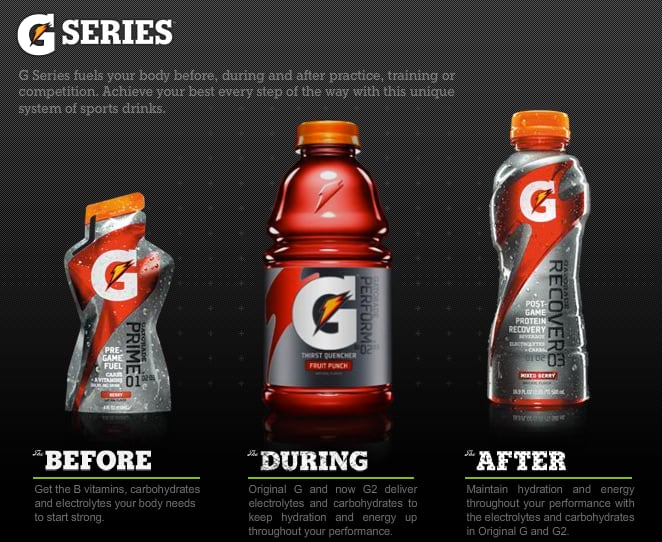
“What that project uncovered was solutions that serviced those athletes at different times of the day, delivering different systems, packaging, different products that met their needs in different circumstances,” said Houghton.
“For example, after a heavy day at the gym your muscles need to recover overnight but you don’t get a protein intake in the night time. But what we understood was a lot of consumers ate yoghurts to aid muscle regeneration so we though to add casein in there and that was the solution that fitted their established behaviour as well as delivering the protein they needed.
“It’s a great example of marketing noise versus incremental steps. This is something that does futureproof and expand that brand footprint. They have built an entire portfolio and ecosystem that services their consumers.”'

